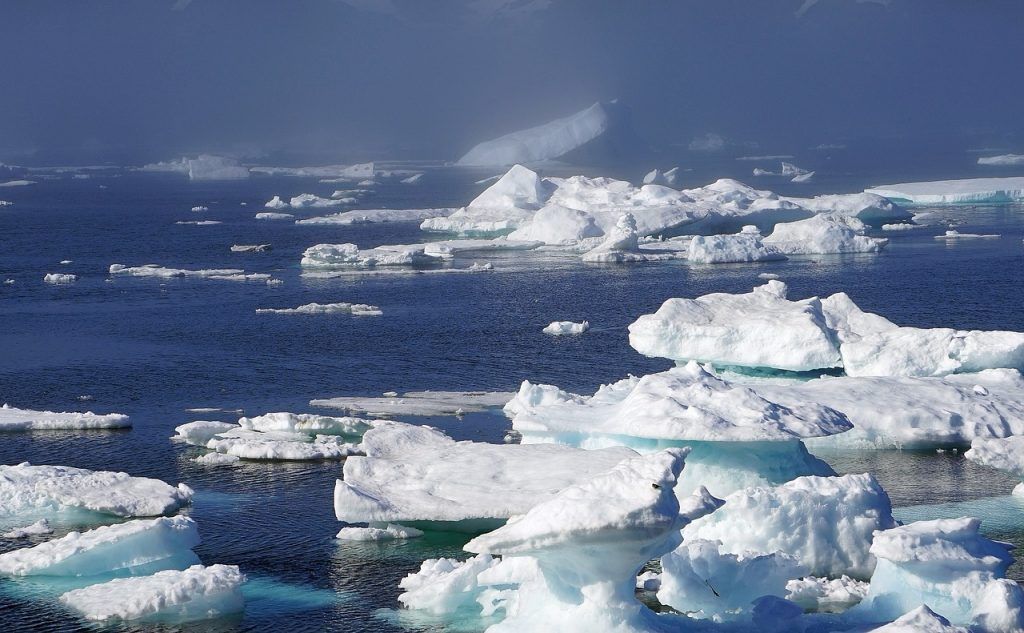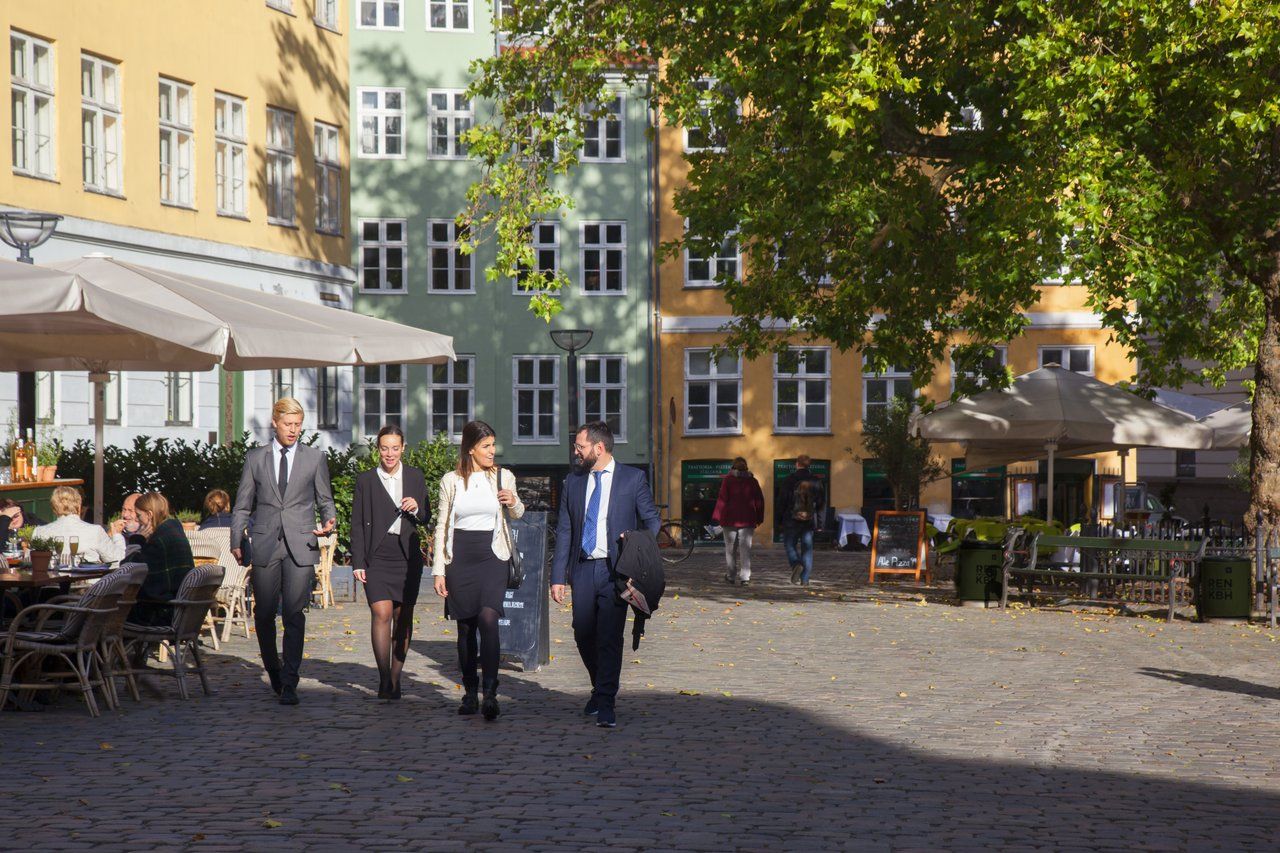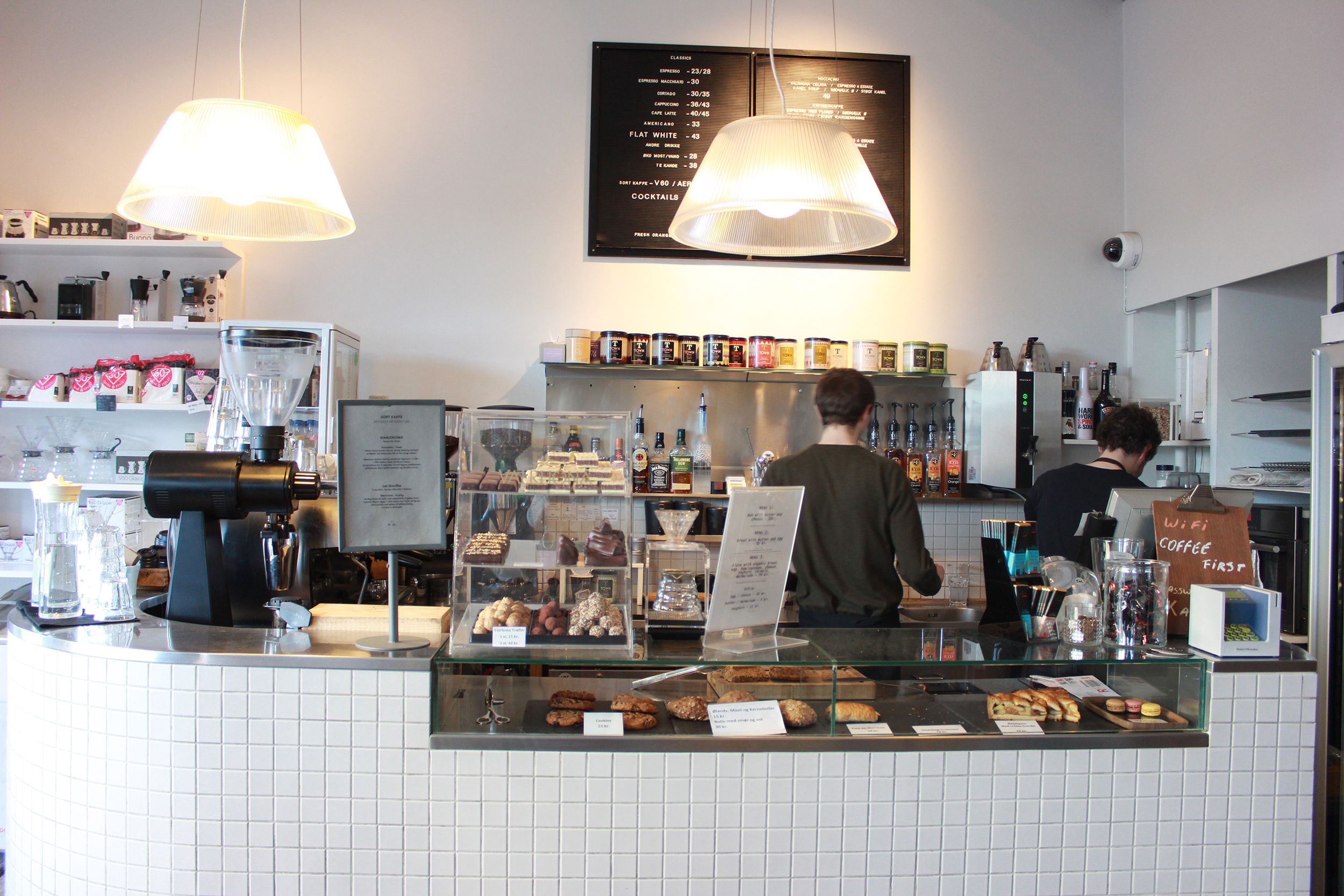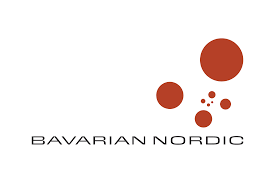After languishing through the most dismal Danish June since 1991, one could be forgiven for stripping down and embracing the warmth of the sunshine. But the national meteorologists DMI are warning tanners not to be reckless.
Combined with current atmospheric conditions, the sunny weather means that the UV index in Denmark will be up to 7 today and tomorrow, according to DMI.
“With a UV index of 7, the average Danish skin will burn after just 20-25 minutes in the midday sun,” Paul Eriksen, DMI’s UV expert, told Ekstra Bladet tabloid.
“Even during late morning and the end of the afternoon, skin can be burned in just an hour.”
READ MORE: Danish summer the coldest for 24 years so far
Thinner ozone layer
DMI revealed that the high UV index – which can damage skin and the eyes – is extremely rare in Denmark and is present over the next two days because the sun is currently at its maximum height in the sky, while the ozone layer is now 10 percent thinner than it usually is at this time of year.
The temperature today in Denmark will range from 23-28 degrees C, while it is expected to shoot up to 30-33 degrees C tomorrow.
On Sunday, a cold front will come in from the west and bring with it thunder, showers and clouds, bringing the temperature back down to about 25 degrees C.














